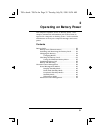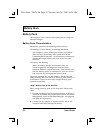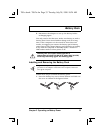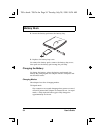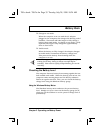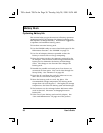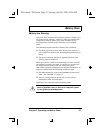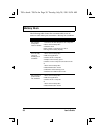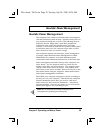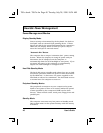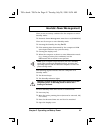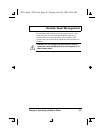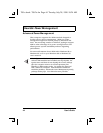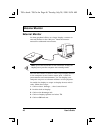
Heuristic Power Management
Chapter 2 Operating on Battery Power 39
Heuristic Power Management
This computer has a built-in heuristic power management
unit that monitors system activity. System activity refers to
any activity involving one or more of the following devices:
keyboard, mouse, floppy drive, hard disk, peripherals
connected to the serial and parallel ports, and video
memory. If no activity is detected for a period of time (called
an inactivity time-out), the computer stops some or all of
these devices in order to conserve energy.
This computer employs an innovative power management
technique called Heuristic Power Management or HPM.
HPM allows the computer to provide maximum power
conservation and maximum performance at the same time.
Power management methods used by most computers are
timer-based. You set inactivity time-out values for the
display, hard disk, and other devices. The computer then
"sleeps" when these time-outs elapse. The problem with
this is that no two users are alike. Each of us has his or her
own habits when using the computer, which makes timer-
based power management ineffective.
With HPM, your computer manages its power according to
the way you use your computer. This means the computer
delivers maximum power when you need it, and saves
power when you don’t need the maximum — all without
your intervention. There are no timers to set, because the
HPM system figures out everything for you.
Note: We recommend you enable heuristic power
management to prolong your battery life.
700-e.book : 700-2e.fm Page 39 Tuesday, July 28, 1998 10:24 AM



